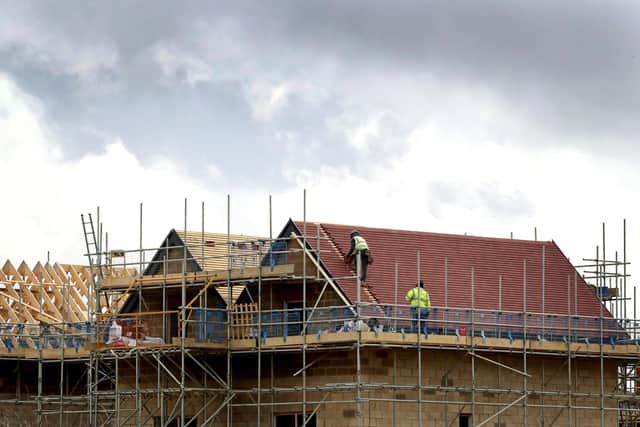South Warwickshire district has highest number of new builds per population in the UK
and live on Freeview channel 276
The Stratford district had the highest number of new homes built per population in the UK from 2020 to 2023, according to a new study.
The analysis by 24housing.co.uk examined building completion rates in various local authorities across the UK between 2020 and 2023 and compared them to the population of each local authority to determine the number of builds completed per 10,000 people.
Advertisement
Hide AdAdvertisement
Hide AdThe Stratford-on-Avon district takes first place with 283.9 new buildings completed per 10,000 population. The total number is 3,860 houses compared to its population of 135,964.


Second is South Derbyshire, which follows closely behind, with 3,000 builds completed, translating to 277.6 new houses per 10,000 population.
Mid Suffolk ranked third on the list, with 2,670 builds completed between 2020 and 2023.
Further down on the list, Harborough is fourth, with 2,530 completed builds over the same period - a rate of 257.4 builds per 10,000 population.
Advertisement
Hide AdAdvertisement
Hide AdThe top five closes with Midlothian with 251.4 newbuilds completed per 10,000 population.
Gill Broad, senior editor at 24housing.co.uk, said: “The data underscores the importance of proactive urban planning and collaboration between public and private sectors in addressing housing shortages and fostering inclusive growth. Local authorities play a pivotal role in shaping the built environment and enhancing the quality of life for residents.
“While the reasons behind the disparities in building completion rates among local authorities are multifaceted, factors such as land availability, infrastructure investment, and demographic trends contribute to the patterns.”